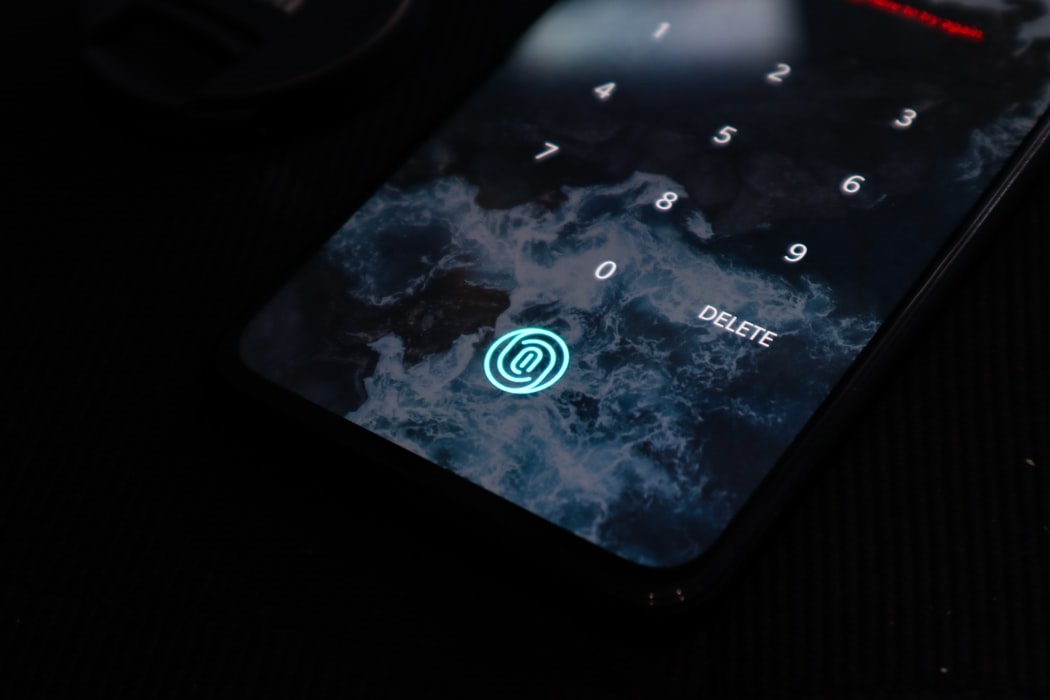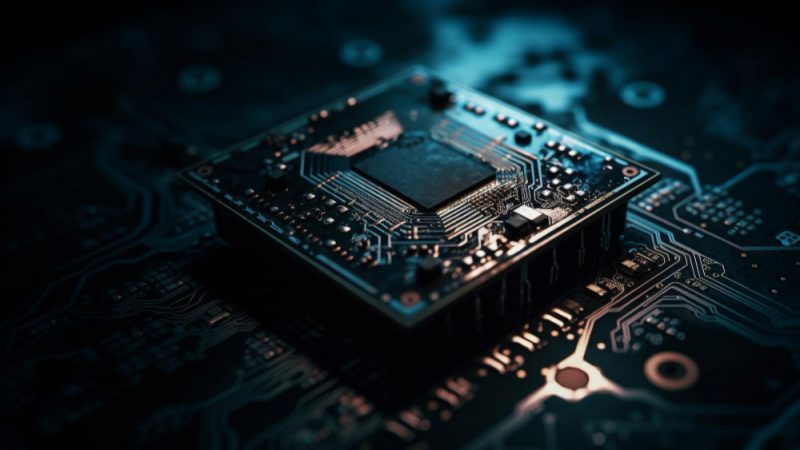How Does In-Display Fingerprint Scanning Work?

In-Display scanning for smartphones is perhaps the next step in biometric recognition evolution, but how exactly does it work? Read on and find out.
In-display fingerprint scanning is one of the most interesting recent developments in smartphone tech, hands down. You simply touch your device’s screen, it reads your fingerprint, and then instantly unlocks your phone. Crazy, right?
But how can something that seems so simple not be manipulated easily? How secure is in-display fingerprint protection, really?
The History of Fingerprint Scanning
Well, let’s look at the science behind it, and understand how it actually works. Fingerprint scanning, like other forms of biometric recognition, has been around for quite a while. That said, even though scanners have been present on laptops for a few decades, the first mobile phone device to have a fingerprint scanner was the Pantech GI100, which debuted back in 2004, over 16 years ago! As you can probably guess, fingerprint scanning tech exploded during the smartphone era.
As more and more of us began carrying our lives on these little metal squares in our pockets, naturally there was a constantly increasing need to protect our data and make sure it was secure at all times. The Apple iPhone 5S, released in 2013, was the first mainstream mobile device that incorporated a fingerprint scanner, at least in the U.S. market. It did this via the revolutionary Touch ID.
Despite the fact that Apple has phased this tech out with facial recognition (“Face ID”), fingerprint scanners are now standard on even the most basic smartphone models, with many developers adding scanners to the sides or backs of their smartphones and tablets.
Like Apple, many manufacturers have completely done away with physical fingerprint scanners. While some have gone the way of Apple’s Face ID, others have actually placed the scanner itself inside of the screen. This tech, called “In-Display” fingerprint scanning, allows you to play your fingertip on a specific area of the screen and then unlock your phone.
The Tech Behind In-Display Scanning
Naturally, the technology behind the scanning process is essentially the same, whether a traditional physical scanner or an in-display design. Typically, designers place the scanning area under a specific segment of the phone display. When you put your finger on top of the scanner, it takes a snapshot of the pad of your finger with a sensor or camera of some sort. Then, it matches that snapshot to the biometric data already stored on your phone.
You know the drill. If it matches, your phone unlocks. If not… it doesn’t.
The fundamental problem with in-display scanners, however, is how small the scanning area is. Usually it’s a smallish box in one of the bottom corners of the display area. The phone manufacturers will typically include some form of a guide in your system’s software to show you where to put your finger, which appears when you turn on the screen.
That said, the scanning process speed varies between phone models and makes. It can be instantaneous, or extremely slow, because of the sizable differences found between the scanning technologies available today.
Ultrasonic or Optical?
There are two main types of in-display fingerprint scanners found on smartphones today: optical and ultrasonic.
People generally think of ultrasonic scanners as the better of the two techs. Instead of using light, they make use of ultrasonic sound waves. These bounce off your finger and capture a 3D image of your finger pad, a technology similar to that used in ultrasound machines in the medical field.
It’s extremely difficult to fake a 3D image of a fingerprint, so ultrasonic scanners are usually significantly more secure than optical scanners. They’re also more stable than optical scanners, naturally, and they’ll work in a wider variety of conditions, such as when your hands are sweaty, or perhaps dirty. Ultrasonic scanners are found in high-end smartphones. The Samsung Galaxy is one example of a smartphone utilizing ultrasonic in-display fingerprint technology.
The cheaper scanners in use on smartphones today are known as optical scanners. You can probably guess why. They basically shine a bright light on your finger, like a camera flash, and then take a high-resolution picture of your fingerprint. It compares this to a scan of your fingerprint already on file, and if the photos match, the phone unlocks.
Most people think of the optical scanner as the lesser of the two fingerprint scanning technologies. This is because it utilizes a camera to capture a two-dimensional image, of course, instead of a 3D image. That said, it’s usually much, much faster. It can be just as fast as the best fingerprint scanner on the market if your software is optimized correctly. Optical scanners are commonly found on mid-range smartphone devices.
The Road Ahead…
In-display fingerprint scanners are one piece in a much larger puzzle. They’re a small part of a larger plan by a variety of smartphone manufacturers to minimize intrusions on-screen space as much as possible. Visual intrusions are anything that takes away from your ability to see the screen properly. This includes cameras, sensors, speakers, buttons, and any bezel space that’s unused.
Developers have removed headphone jacks and added in-display cameras. Meanwhile, wireless earbuds are all the rage. As the years progress, we’ll likely see more and more features moved under our phone screens. Under-display speakers, under-display cameras, and more are all on the way.
Prepare yourself. The age of in-display tech is here!






